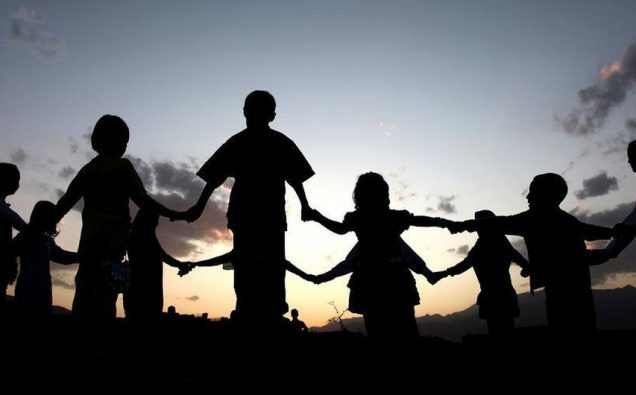
June 2, 2020
For the Afghan people, who have long struggled with uncertainty, their lives have acquired a new tentativeness and their future an increased unpredictability. They are faced with contemplating at the same time the possible outcome of a tenuous peace process, signs they may soon be forsaken by their American and international allies, and the consequences of falling victim to a coronavirus pandemic.
As the Afghan public and its leaders look for a way out of the current conflict, they are buoyed by certain events and frustrated by others. The agreement reached between the Taliban and the U.S. has yet to produce promised intra-Afghan negotiations or a comprehensive cease-fire.
Hopes are raised, however, by an incremental prisoner exchange and a countrywide decline in violence, with a reported 80 percent drop in attacks since last week’s Eid days. It is also possible to take some heart that after eight months of bitter bickering, Afghan political elites have finally agreed on divvying up government cabinet positions and a leader for prospective formal peace negotiations.
Even so, there remains uncertainty about the sincerity and intentions of an increasingly triumphant-sounding Taliban, and questions about the staying power of other insurgent groups.
For 19 years, a U.S. presence in Afghanistan has acted to buttress the Afghan state. Now with U.S. and NATO troops in the process of leaving, uncertainty hangs over what follows.
A lack of clear messaging from Washington has contributed to the anxiety and raised many specific concerns. It remains to be seen what kind of supportive role, if any, the U.S. may be willing to provide Afghan security forces. What will happen as U.S. political leverage in the country weakens with disengagement? Will the U.S. and the international donor community honor their long-term financial commitments to the Afghan economy?
The Afghan people are also facing a looming health disaster. Official statistics indicate a rapidly expanding number of reported coronavirus cases now surpasses 15,000. An admixture of factors, including poverty, malnutrition, political instability, and insurgency, makes the country’s population especially vulnerable in a pandemic.
The health crisis in Afghanistan has already caused significant disruption, from complicating peace plans and making delivery of humanitarian aid more difficult, to weakening an already fragile economic system. The spread of the virus, taken together with unease about a cease-fire, peace talks, and the American withdrawal, understandably leaves the Afghan people gripped with a newly heightened sense of uncertainty.
No Comment












